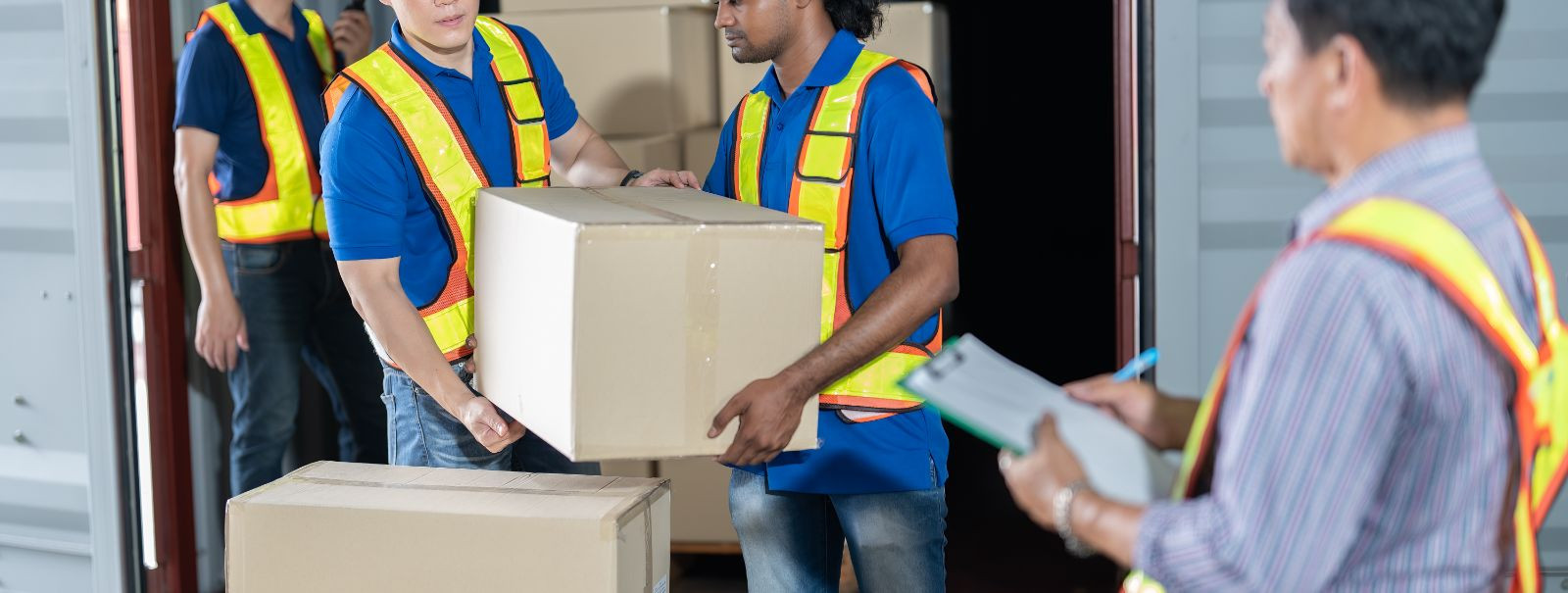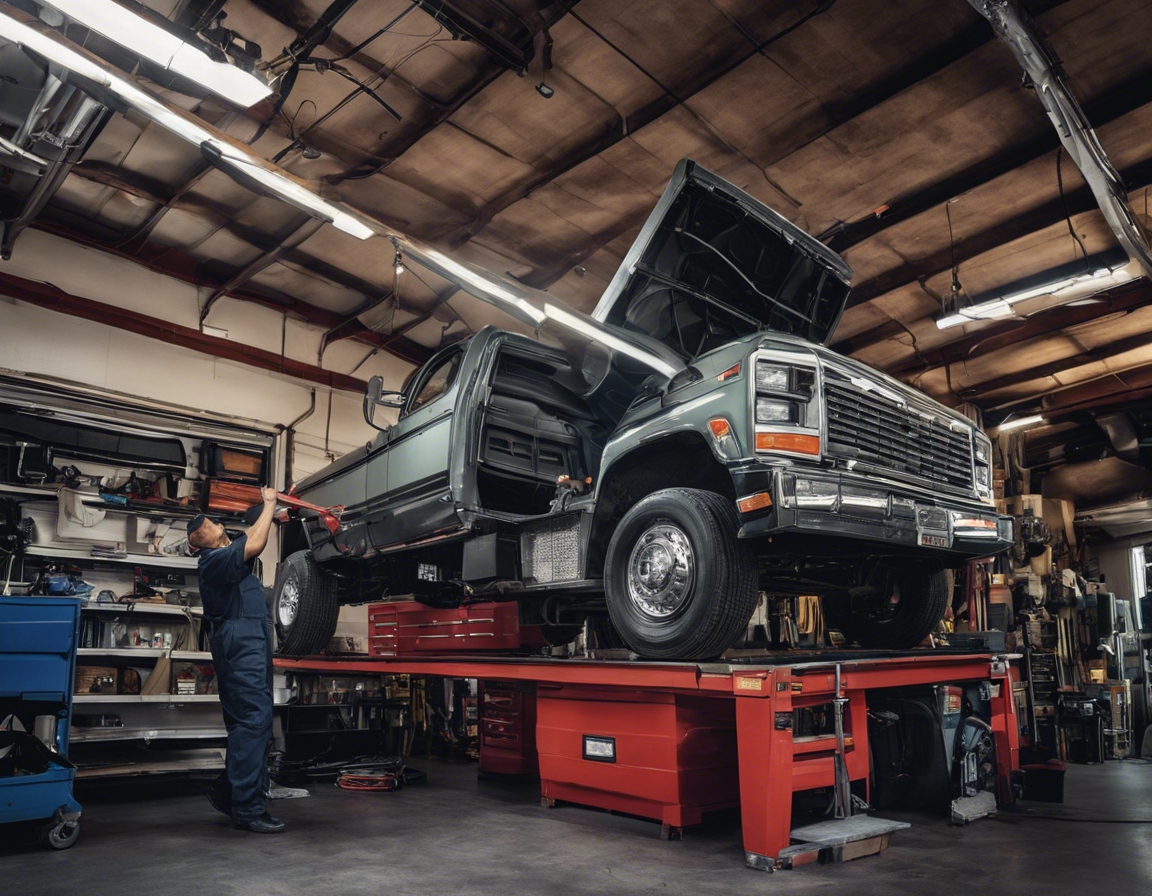How to ensure the safety of your cargo during transit
Ensuring the safety of cargo during transit is not just about protecting a shipment from damage or loss; it's about maintaining the integrity of your supply chain, upholding your brand's reputation, and fulfilling your commitment to customers. Assessing the risks involved in transportation and understanding the consequences of inadequate protection are the first steps in safeguarding your goods.
Every mode of transport comes with its own set of risks, from rough handling during loading to exposure to the elements. Identifying potential hazards early on allows for the implementation of appropriate safeguards.
Failure to secure cargo properly can lead to damaged goods, financial losses, and a tarnished business reputation. It's essential to take every precaution to avoid these outcomes.
Pre-Transit Preparations
Before your cargo even hits the road, there are critical steps to take to ensure its safety. These include choosing the right packaging, proper labeling, and securing insurance.
Appropriate packaging is the first defense against damage. It should be sturdy, suitable for the type of cargo, and able to withstand the rigors of transit.
Clear labeling and accurate documentation are vital for the smooth handling of shipments. They provide handlers with necessary information and help in the event of a dispute or claim.
Insurance is an essential aspect of risk management in logistics. It provides a financial safety net should your cargo be damaged or lost during transit.
Partnering with the Right Logistics Provider
Selecting a reliable carrier is crucial for the safe and timely delivery of your goods. A trustworthy logistics partner like DMITRI VEOD OÜ can make all the difference.
Invest time in researching potential carriers. Look for those with a proven track record, positive customer reviews, and robust safety measures.
It's important to understand what your carrier is liable for and any limitations to their liability. This knowledge will help you in choosing the right carrier and insurance coverage.
During Transit: Tracking and Communication
Once your cargo is in transit, maintaining visibility and open communication lines with your carrier is key to ensuring its safety.
Modern tracking technologies allow you to monitor your shipment in real-time, giving you peace of mind and the ability to respond quickly to any issues that arise.
Clear communication with your logistics provider ensures that any concerns are promptly addressed and that you're always informed about the status of your shipment.
Safe Loading and Unloading Practices
Proper loading and unloading practices are essential to prevent damage to cargo. This includes having trained personnel and the right equipment.
Handlers should be trained in safe loading and unloading techniques, and equipped with the necessary tools to do so without causing damage.
Securing cargo correctly is vital for preventing movement and potential damage during transit. This includes using straps, braces, and padding as needed.
Adapting to Different Modes of Transport
Different modes of transport may require different safety measures. It's important to adapt your strategies accordingly.
Each mode of transport has its own set of challenges and requirements for safe cargo handling. Understanding these will help you prepare your shipment for any situation.
When using multiple modes of transport, it's crucial to have a well-thought-out intermodal strategy to ensure the safety of your cargo throughout its journey.





Comments (0)